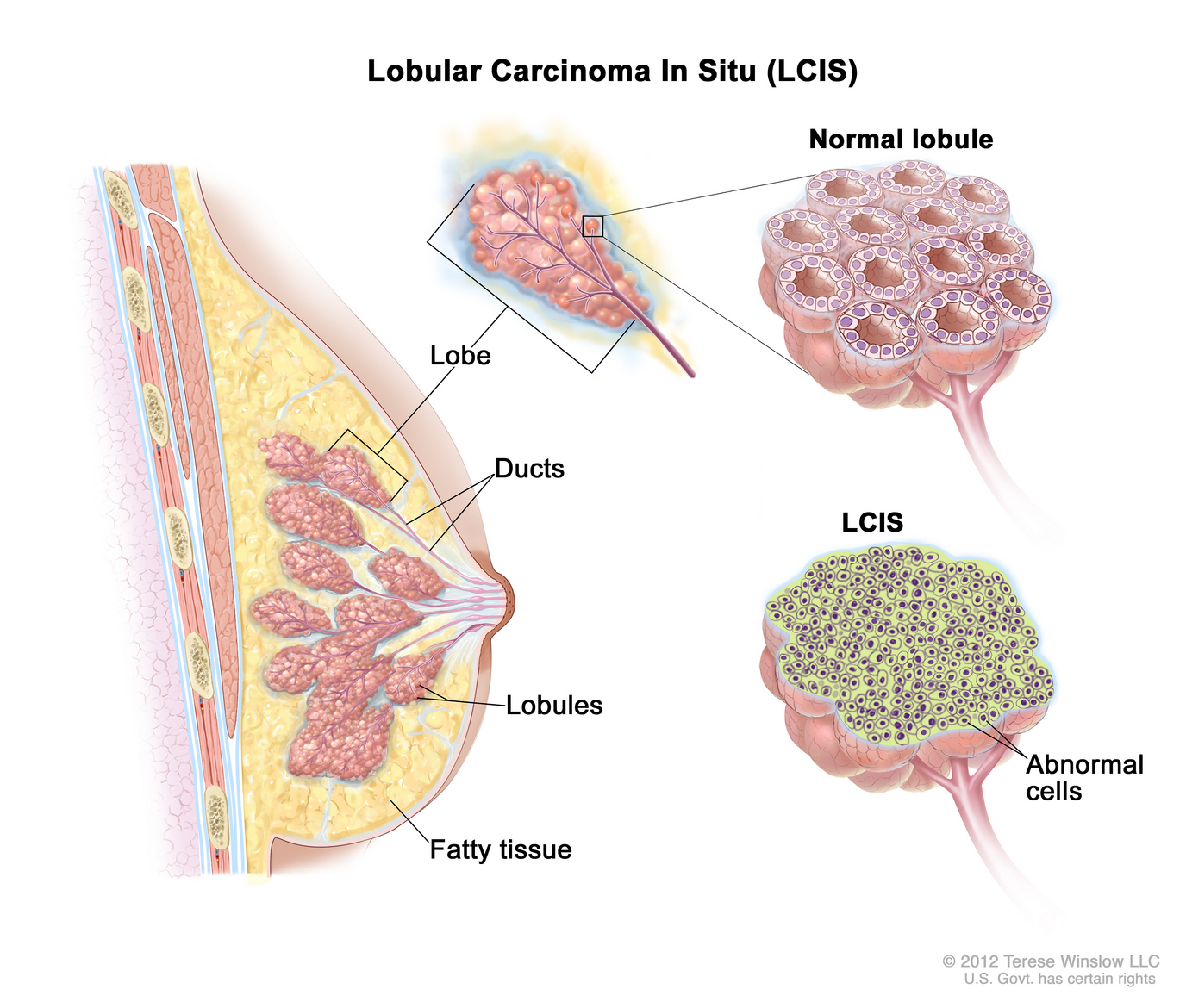Common Categories of Breast Cancer
Most breast cancers are categorized as carcinomas. These tumors start in the cells that line organs and tissues in the body. When carcinomas start in the breast they’re specifically called an adenocarcinoma. Adenocarcinomas start in the milk ducts or the lobules that produce milk.
In addition to determining the point of origin within the breast (ducts or milk glands), breast cancer is also determined to be invasive or noninvasive. This is based on whether the cancer cells have spread outside of the point of origin.
- Noninvasive (in situ) means that the cancerous cells are still confined to their point of origin.
- Invasive (infiltrating) means that cancer has spread to surrounding tissues.
In some cases a noninvasive diagnosis indicates that you may be at a higher risk of developing breast cancer later.
Download our free eBook with helpful information about breast cancer treatment and what to expect.
Ductal carcinoma in situ (DCIS) is a non-invasive breast cancer contained in the lining of the breast milk duct. This is sometimes referred to as Stage 0 because it is not considered life-threatening, but it can increase the risk of developing an invasive breast cancer later on. Most recurrences happen within 5-10 years after initial diagnosis.

Lobular carcinoma in situ (LCIS) is also sometimes called lobular neoplasia or intralobular. Though the name can be confusing, LCIS is actually not considered cancer or a pre-cancer because it doesn’t turn into invasive cancer if untreated. Rather, LCIS is an indication that a person is at a higher risk of getting breast cancer later on.
Invasive carcinomas tend to be more common for breast cancer patients.

Invasive ductal carcinoma, or infiltrating ductal carcinoma (IDC), means that abnormal cells that originated in the lining of the breast’s milk duct have invaded surrounding tissue. Over time, IDC can spread to the lymph nodes and possibly to other areas of the body. Invasive ductal carcinoma is the most common type of breast cancer, accounting for approximately 80% of all breast cancers.
Invasive lobular carcinoma (ILC) starts in the milk-producing glands (lobules) and can spread to other parts of the body. Invasive lobular carcinoma is the second most common form of invasive breast cancer, accounting for 10 - 15% of breast cancer cases.
Invasive breast cancers, like invasive ductal carcinoma or invasive lobular carcinoma, will most likely require an oncology team to create a treatment plan using one or more of the following:
- Chemotherapy
- Hormone therapy
- Biologic therapy
- Radiation therapy
- Surgery
